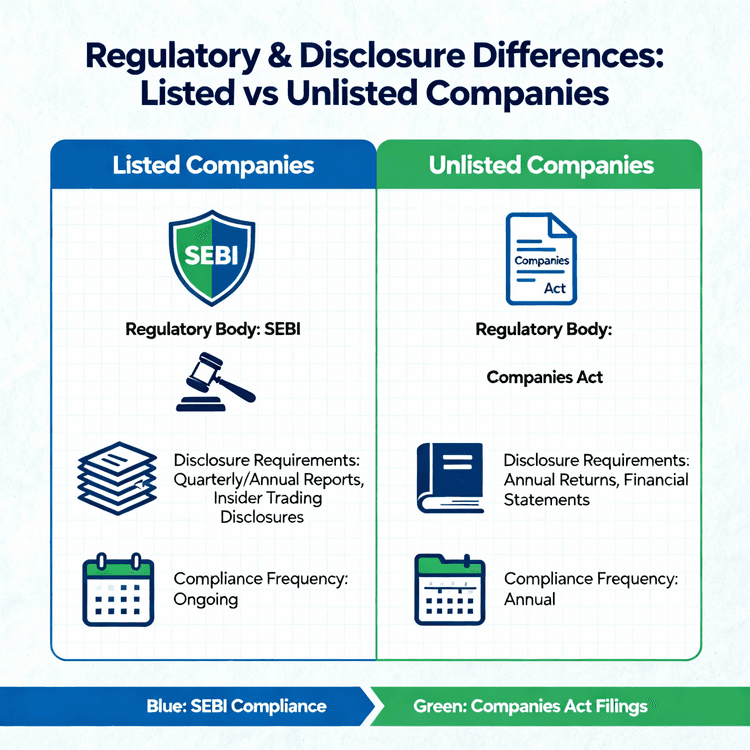
Ather Energy launches its IPO amid market volatility. Can its premium brand and tech focus convince investors it's a better EV play than Ola Electric?
After a quiet period, India's primary market is buzzing again with Ather Energy's ₹2,981 crore IPO. The electric two-wheeler maker, backed by Hero MotoCorp and Tiger Global, is launching its IPO in a cautious market, especially after Ola Electric's less-than-stellar debut.
Ather's IPO includes a fresh issue and an offer for sale, priced between ₹304 and ₹321 per share, valuing the company at ₹12,500 crore post-issue – a reduced figure from earlier targets. Several early investors opted to retain their stakes, demonstrating confidence in Ather's future.
Ather's Strengths:
Ather distinguishes itself with its focus on technology and a premium brand. Its 450 model boasts industry-first features like cloud integration, a touchscreen dashboard, and smart helmet connectivity. The company invests heavily in R&D, focusing on its Atherstack software and new models like the Ather Rizta.
Ather also has an asset-light business model, which provides agility, as it does not manufacture battery cells. This allows it to focus on high-quality user experiences.
Challenges and Concerns:
Despite its strengths, Ather faces challenges. Revenue per vehicle has decreased, indicating pricing pressure. Also, Ather relies heavily on southern India for sales, making it vulnerable to regional disruptions.
Competition is increasing, with traditional ICE giants like Bajaj Auto and TVS Motor entering the EV market. This could squeeze Ather's margins and delay profitability.
Valuation and Market Outlook:
Ather's price-to-sales ratio is more reasonable than peers like TVS Motor, Bajaj Auto, and Ola Electric. However, analysts advise caution, noting Ola Electric's post-IPO struggles.
The EV market is expected to grow, with electric two-wheelers offering a compelling total cost of ownership advantage. Decreasing battery prices will also aid adoption. Ather is well-positioned to benefit from this growth with its technology, distribution, and focus on profitability.
Capital Efficiency
Ather also stands out, is in its capital discipline. Its cash burn ratio of 0.6 beats Ola (0.7) and Tesla (1.5), thanks to a leaner business model and cost controls. This isn't necessarily a red flag, but rather the cost of laying a robust foundation: intensive investment in product innovation, building core capabilities, establishing brand presence, and often significant outlays for manufacturing and talent acquisition.
The Verdict:
Ather's IPO presents an opportunity to invest in a premium EV brand with a technology-driven approach. However, investors should consider the challenges of increasing competition and regional concentration. The success of Ather's IPO will depend on its ability to convince investors that it can navigate these challenges and capitalize on the growing EV market.

